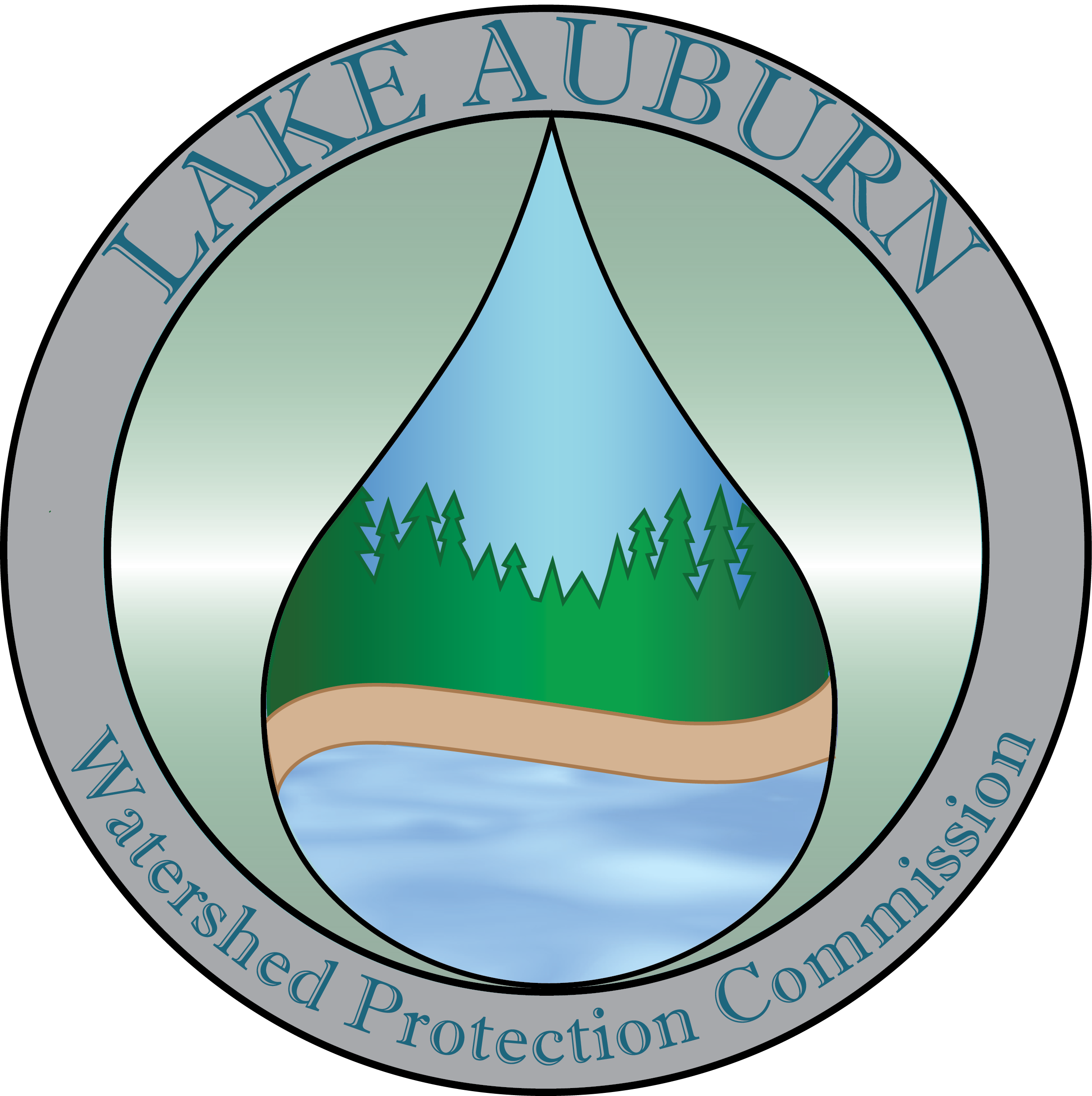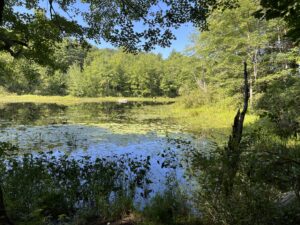The Lake Auburn Watershed is considered an extremely healthy and clean watershed. Keeping it that way is the goal of the Lake Auburn Watershed Protection Commission. Through collaborative efforts between Lewiston and Auburn and the stewardship of community members, Lake Auburn provides clean, potable water to the people of Lewiston and Auburn. The Lake Auburn Watershed is only one piece of the larger Androscoggin River Watershed which, in the past, has faced challenges from pollution, and low water quality due to industrial and municipal waste. It faced so many challenges that it became an inspiration for the Clean Water Act. Today initiatives in the Androscoggin River Watershed have helped it to achieve greater health than it has seen in 80 years. Actions people can take through legislation, conservation, restoration, and stewardship can benefit the watershed.
Of course, a healthy watershed also has benefits of its own. In fact, protecting a watershed by maintaining riparian buffers provides a wide array of ecosystem services including improved water quality, carbon storage opportunities, increased resiliency, and even a reduced risk of invasive species colonization. These are just a few of the numerous ecosystem services that a healthy watershed provides. Much of the time these benefits are undervalued and taken for granted when making decisions about land use, development, and planning. Conservation of forested land, and watersheds should be at the forefront of our planning process when considering future land use to encourage sustainability and ensure future generations have access to the same healthy watersheds, and biodiverse landscapes as we do.
Citing a large body of research, the Environmental Protection Agency states that protecting watersheds and healthy ecosystems avoids costly restoration projects, and ecosystem replacement. Conservation also provides more long-term economic opportunities and employment. LAWPC works to protect the Lake Auburn watershed by conserving land and restoring riparian buffers around Lake Auburn. Allowing nature to do the work saves a lot of time and money for taxpayers by reducing drinking water treatment and infrastructure costs. According to a review of 27 water utilities, treatment costs decreased by 20% for every 10% increase of forest cover in the source water area (Ernst, 2004). Similar results were found in the Catskills, where New York City has its water supply. New York City found it far more cost effective to protect the natural land cover of watershed due to the forest’s ability to naturally filtrate water, rather than constructing a multi-million-dollar filtration plant (Barnes et al., 2009). Riparian buffers also reduce flood mitigation costs (Postel and Richter, 2003), allowing water to infiltrate into the groundwater and prevent erosion on infrastructure. This can be seen when intense rainfall erodes roads along bodies of water, or floods homes. By providing an appropriate buffer the water does not spread inland as far and it does not pick up as many pollutants and excess nutrients. This reduces the burden on public utilities such as wastewater and drainage systems. Additional benefits of a healthy watershed include more job opportunities, recreation such as hiking, boating, and fishing, and increased property values! There are also increased health benefits to a healthy watershed. There is a correlation between access and views of green space and lower rates of illness (Kaplan, 1989). Students who have access to green space also have lower rates of stress (Wells, 2000), and reduced the severity of ADHD symptoms in children (Taylor and Kuo, 2011). People are also more likely to exercise when access to green space is provided, such as trails, paths, parks, greenways, and forests. Increased exercise has been known to provide countless health benefits and improve quality of life.
The benefits provided by a healthy watershed are priceless, but they do save us money eventually. Environmentally they can protect against invasive species, erosion, and mitigate climate change related damage. Socially they can help us maintain a healthier lifestyle, decrease rates of illness, and improve mental health. Economically they provide jobs, recreation and tourism opportunities, and lower tax burdens and water treatment costs. To maintain healthy watersheds, it takes a village. Stewards, volunteers, and vocal citizens are invaluable assets to protect our drinking water sources. Continued efforts by LAWPC to work with Auburn and Lewiston to maintain high water quality is only one piece of the puzzle. To get involved with LAWPC and for volunteer opportunities please check out our website: lakeauburnwater.org or email dhertzberg@awsd.org

